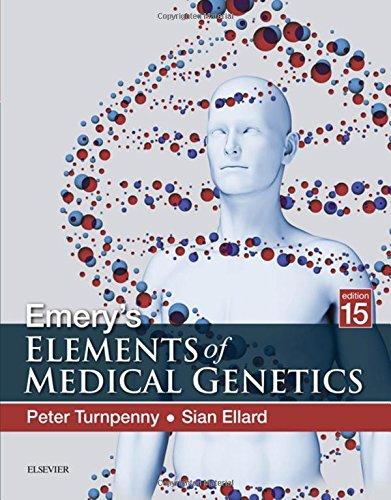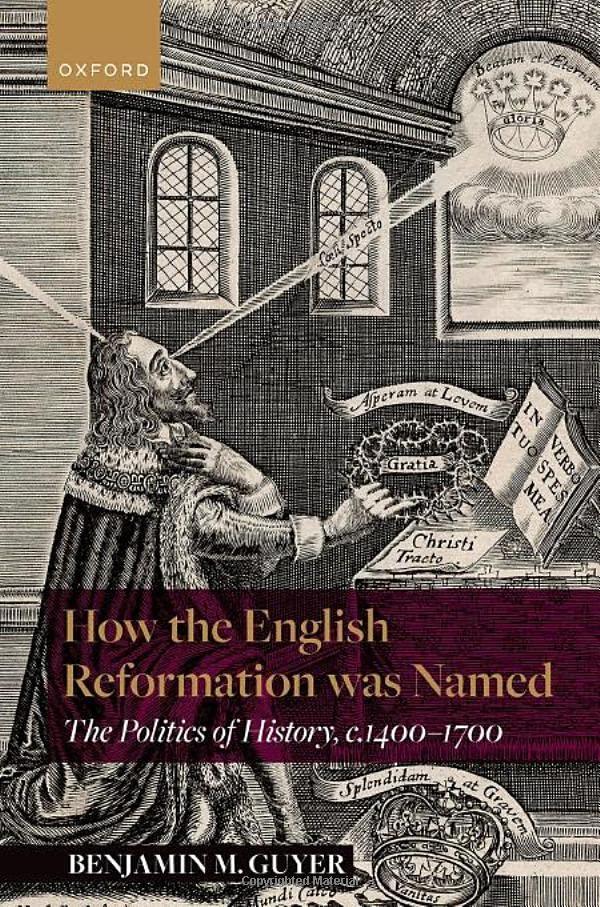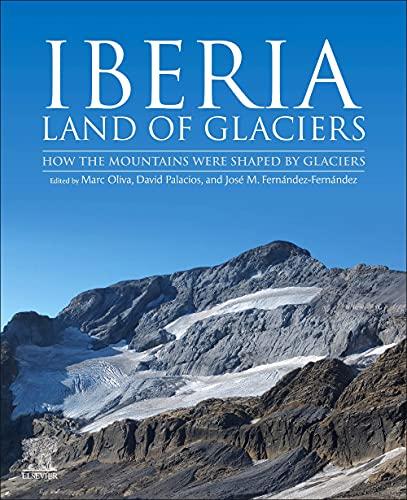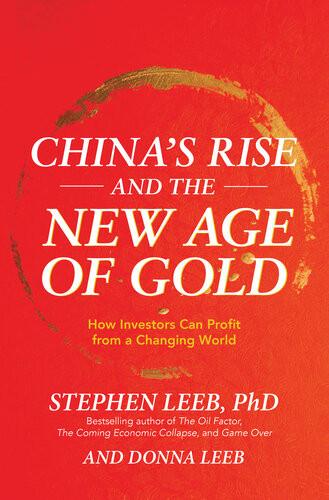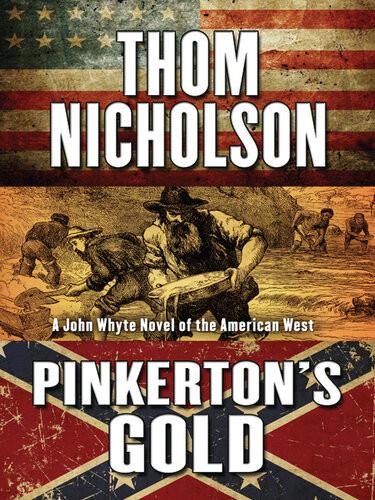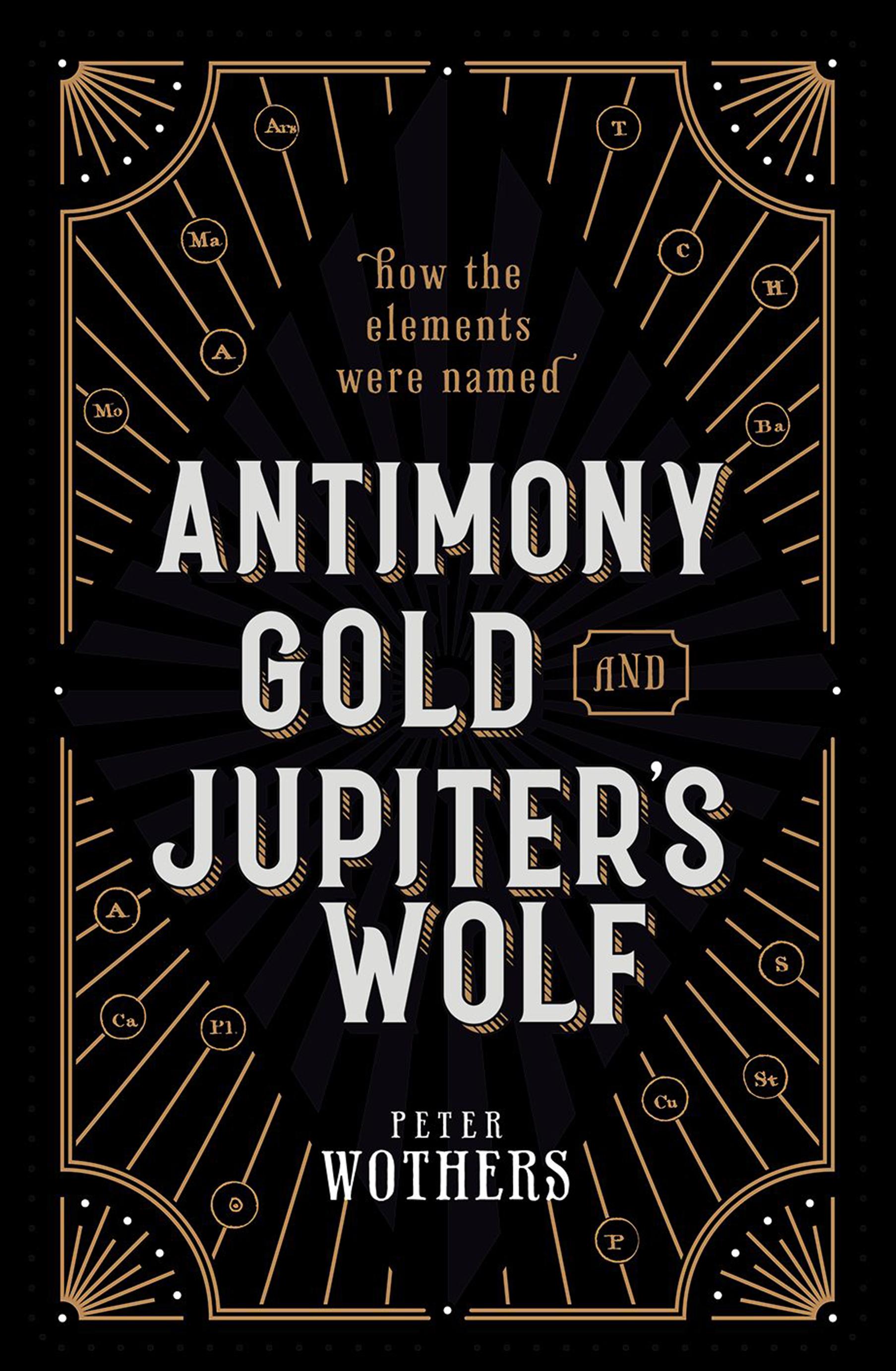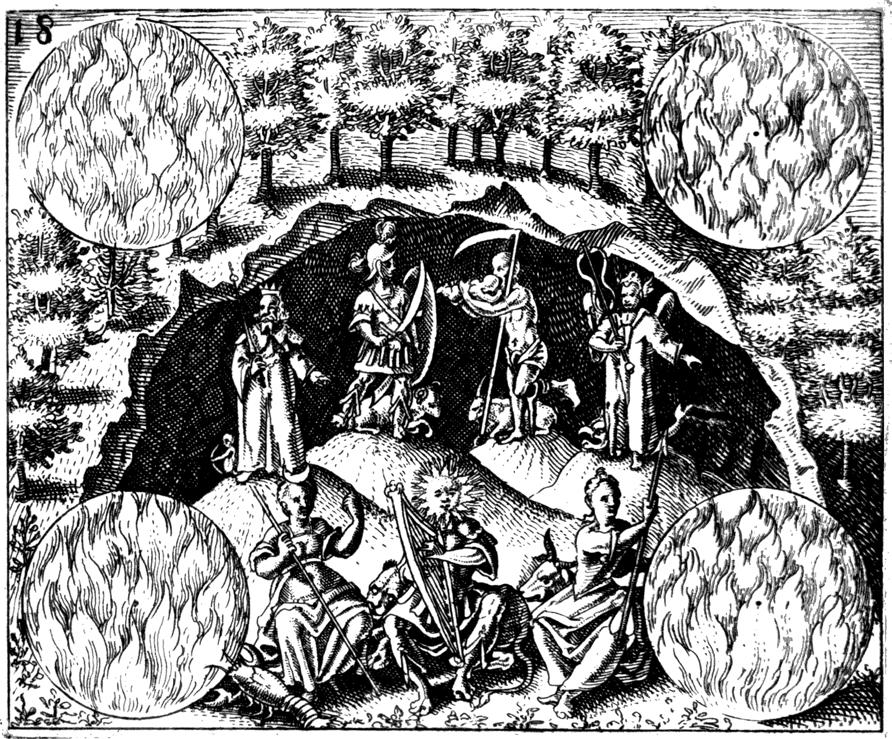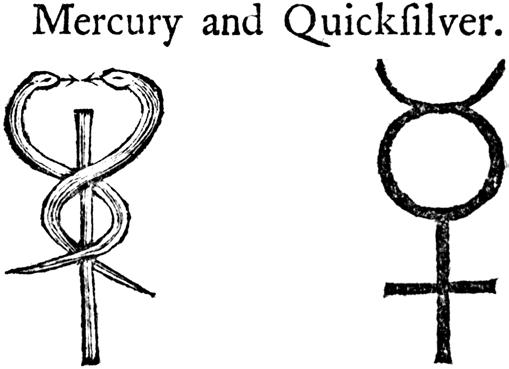ACKNOWLEDGEMENTS
First, I must thank my parents for giving me my very first chemistry set and believing me when I promised not to ‘blow the house up’. There was, I think, only one ‘minor’ disaster, when a jar of the intolerably smelly gas hydrogen sulfide toppled over and stank the house out. I can only apologize again, and I am sure it would not have helped at the time if I had pointed out that the gas was more toxic than hydrogen cyanide . . . I must also thank my brother John and his wife Tracy for their constant love and support; and my sister Joanne and her husband Keith, who are acknowledged in the dedication. I am grateful to my whole family for the encouragement and support that led to the first generation from our family attending university.
From the home I grew up in, to what has now been home for most of my life: I must acknowledge the invaluable support I receive from the community that is St Catharine’s College, Cambridge. This has come in the form of moral support, guidance, and encouragement from the Master of the College, currently in the form of Sir Mark and Lady Welland, and previously from past Masters Dame Jean Thomas, Prof. David Ingram, and Sir Terrance English. I have been inspired by some great fellow scientists—notably the late Sir Alan Battersby, a highly distinguished chemist, and also the late Dr John Shakeshaft, who admitted a terrified young teenager to the college many years ago. Our community thrives with a melting pot of great minds of different hues (rather like the elements of the periodic table); it is a privilege, for example, to end up sitting next a leading expert on Shakespeare at lunch, or to have coffee with a medieval French linguist. I thank many of my fellow Fellows for their help with parts of this project, in particular Dr Paul Hartle (English), Dr Miranda Griffin (medieval French), Prof. Geoffrey Kantaris (Spanish), Drs John and Dorothy Thomson (History and Classics respectively), Dr Hester Lees-Jeffries (English), Prof. Richard Dance (Anglo-Saxon Norse and Celtic), and Dr River Chen and Prof. Hans van de Ven for their much-needed help as I tried to understand the meaning behind Chinese characters. I am also grateful to other members of our Fellowship who have played a key role, directly or indirectly, in the production of this book, namely Prof. John Pyle (Chemistry), Drs Ivan and Helen Scales (Geography and Marine
Biology respectively), Dr John Little (Materials), Dr Jess Gwyne (Materials), Mr Simon Summers (Bursar), Mrs Deborah Loveluck (Development Director), and former Fellows now at other universities: Prof. Jim MacElwaine (Maths), Prof. John Gair (Maths), and Prof. Paul Raithby (Chemistry).
I must also thank my colleague, friend, and previous co-author, Dr James Keeler of Selwyn College. He has always been someone I (like many others) can only aspire to emulate with his superb clarity of mind, great knowledge of the subject of chemistry, and much appreciated teaching skill. I have learned much from James, as have thousands of students. Also from our department, I must acknowledge the wonderful Emma Powney, who manages to organize my life and somehow ensures that I end up lecturing at the right venue at the right time; Emma’s comments on the early drafts of this work, so many years ago, were invaluable.
Of course, our institution exists to educate students, and I have had the honour of playing a small part in this over a number of years. I hope other educators also relish the pleasure of encountering a mind sharper than one’s own (although this does not, fortunately, occur every day). Many students have studied Natural Sciences at St Catharine’s, and I am proud to have a number of my former students as close friends now. While I feel reluctant to name any, I must give thanks to James Brimlow, Claire Badger, and Jed Kaniewski for their support and friendship over the years, and more recently to current PhD students Peter Bolgar, who went through the entire draft of this book and came back with many helpful suggestions; George Trenins, who cheerfully helped out with translations from Russian; and Andrea Chlebikova, with her keen interest in the history of chemistry, and her fantastic computer skills.
While his student days did not overlap with my time at St Catharine’s, one of our former Natural Scientists, Peter Dawson, and his wife Christina must both be thanked for the incredible support they have given and continue to give to the College, but particularly, from the perspective of this work, for the amazing gift of material relating to the early history of the periodic table. To help us celebrate the 150th anniversary of Mendeleev’s first periodic table in 2019, they have generously helped to establish St Catharine’s College as holders of one of the finest collections anywhere outside of Russia of works from the great chemist, including the very first printings of the periodic table in its different forms. More than this though, they have become very close friends who have eagerly awaited the appearance of this book.
On the subject of rare books, almost all of the references quoted in this book, together with the images reproduced, are taken from my own library. Finally,
I can justify why I ‘needed’ those twenty different editions of Lavoisier’s Traité! The collection has amassed over more than thirty years, and while these have come from many friendly dealers from all over the world, I must particularly acknowledge the support, advice, and encouragement (!) of Graham Weiner, Roger Gaskell, Nigel Phillips, Jonathan Hill, Julien Comellas, James Burmester, and Hugues de Latude.
Of those who have watched, bewildered, as this library grew from my days at school, I cannot omit my friends Jon Cardy, Duncan Curtayne, Adam Loveday, Colin Tregenza Dancer, Stephen Driver, and my chemistry teacher David Berry, with whom I still regularly discuss the subject. Similarly, for putting up with my many chemical stories over the years, thanks to Tim Hersey, Andrew and Laura Worrall, Kathryn Scott, Ben Pilgrim, Penny Robotham, and Andy Taylor. For general support and sanity checks, but also help with translations from German, I thank Susanna Prankel—ably assisted by Kat and Leo. For further help with translations from German (which seemed to be the hardest language to translate properly from early works), I am grateful to Manfred Kerschbaumer and the much-missed, late Wolfgang Hampe.
From Oxford University Press, I must thank for this stray into ‘trade books’, Latha Menon and Jenny Nugée, who have endured the slow gestation of this book over too many years while continuing to encourage and guide me. I should also acknowledge those who oversaw my first publishing adventures, Michael Rodgers and Jonathan Crowe. The anonymous reviewer needs to be thanked for their wise suggestions and heartening words, but I am also grateful for the valuable discussions I have had with other experts in the field, Hasok Chang, Jenny Rampling, Frank James, and Charlotte New. Special thanks to my cousin, Stuart Clayton, who inspired the title for Chapter 4 after a late-night discussion, many years ago.
Finally, I must thank three people very dear to me. First of all, my partner Umut Dursun. In addition to the constant encouragement over the years that have helped keep the project going, Umut has also been understanding and supportive in dealing with my obsession with rare chemistry texts. Except in a few cases where indicated, all of the images featured in the book have been photographed and edited by Umut from our collection, and for this and so much more, I am truly thankful. The last two people to be mentioned are Christopher Lamb and Gordon Hargreaves—two very dear friends who have become close family to us.
NOTE ON THE ILLUSTRATIONS
All figures aside from Figures 24, 31, 36, and 43 are from the author’s private collection. Figure 45 is courtesy of the Master and Fellows of St Catharine’s College, Cambridge.
The naming of a new element is no easy matter. For there are only twenty-six letters in our alphabet, and there are already over seventy elements.
William Ramsay, ‘An Undiscovered Gas’, 1897.
One hundred and eighteen elements are known today.
HEAVENLY BODIES
Lift up thy head and looke upon the heaven, And I will learne thee truly to know the Planets seaven.
—Ashmole, 16521
We don’t know for sure where the names of the longest-known elements come from, but a connection was made early on between the most ancient metals and bodies visible in the heavens. Figure 1 shows an engraving from a seventeenth-century text with the title ‘The Seven Metals’ (translated from the Latin). It isn’t immediately obvious how the image is meant to depict seven metals until we explore the connections between alchemy and astronomy. However strange such associations seem to us now, we shall see that new elements named in the eighteenth, nineteenth, twentieth, and twentyfirst centuries have had astronomical origins. We can’t properly understand why some of the more recent elements were named as they were without first understanding these earlier historical connections.
The Seven Wanderers
As we look into the night sky, the distant stars remain in their same relative positions and seem to move gracefully together through the heavens. Of course, we now know that it is the spinning Earth that gives this illusion of movement. The imaginations of our ancestors joined the bright dots to pick out fanciful patterns such as the Dragon, the Dolphin, or the Great Bear—the latter being more often known today (with rather less imagination) as the Big Dipper, the Plough, or even the Big Saucepan. But, while these patterns, the constellations, remained unchanging over time, there were seven objects, or ‘heavenly bodies’, that seemed to move across the skies with a life of their own. They were given
Fig. 1. This engraving, taken from the Viridarium Chymicum of Daniel Stolcius from 1624, depicts ‘The Seven Metals’.
the name ‘planet’, which derives from the Greek word for ‘wanderer’ (‘planetes asteres’, ‘πλάνητες ἀστέρες’, meaning ‘wandering stars’).
These seven bodies were the Sun, the Moon, Mercury, Venus, Mars, Jupiter, and Saturn, all of which were documented by the Babylonians over three thousand years ago. Until the sixteenth century, the most commonly held view was that the Earth was at the centre of the Universe and that the seven bodies revolved around the Earth, with the relative orbits shown schematically in Figure 2. The order is nicely described in the early seventeenth century by the Polish alchemist Michael Sendivogius in his book A New Light of Alchymie: ‘Thou seest that Saturne is placed the uppermost, or highest, next to Iupiter, then Mars, then Sol, or the Sun, then Venus, then Mercury, and last of all Luna, or the Moon.’2
Now, of course, we would classify only five of the original seven as planets, which, together with the Earth, orbit the Sun. The Moon orbits around our Earth just as we orbit the Sun; this is shown schematically in Figure 3.
2. The geocentric view of the solar system, as understood by the earliest astronomers.
3. The modern heliocentric view of the solar system.
The modern, heliocentric view of our solar system was first formulated by Nicolaus Copernicus (1473–1543) in the early part of the sixteenth century. So profound was his theory that it is often taken to mark the beginning of the modern astronomy that led the scientific revolution. In 2009 his achievements were recognized with a place in the chemists’ periodic table; man-made element 112 was officially named copernicium, bringing the relationship between astronomy and chemistry into the twenty-first century.
The remaining planets in the solar system could not be discovered until the invention of suitable telescopes. Then Uranus was observed in 1781; Neptune in 1846; and, finally, in 1930, Pluto, which was a planet until its reclassification in 2006 to the status of ‘dwarf planet’. But we are leaping ahead of ourselves; we’ll return to these most distant planets later. First, we must look at the original seven heavenly bodies.
The number seven has long been held to have a certain mystical significance. There are seven days of the week reflecting the seven days of creation in the Bible. The Seven Deadly Sins are balanced by the Seven Heavenly Virtues. In Islam there are seven levels in heaven and the same number in hell. Rome was founded upon Seven Hills. It has been said that Isaac Newton divided the rainbow into seven colours in order to imitate the seven notes in a musical scale.
Over time, each of the seven heavenly bodies came to be associated with a particular day of the week and with one of the gods from ancient mythology—Sunday
Fig.
Fig.
The seven bodies view them here anon
Sol Gold, and Luna we main tain is Silver; Mars is iron, Mercur y we call quicksilver
Saturn is lead, and Jupiter is tin
And Venus copper on my family's honour
Fig. 4. The ‘seven bodies’ from Chaucer, reproduced in the black letter typeface as used by Caxton. The modern interpretation is provided courtesy of scholar of seventeenth-century English Paul Hartle.
The bodies I speak of here
Or iginate from the planets
The gold is assigned to the sun
The moon to silver gives his place
And Iron stands for Mars
The lead takes growth from Saturn
And Jupiter bestows the brass
The copper derives from Venus
And for his part Mercur y
Takes in order the quicksilver
Fig. 5. The ‘seven bodies’ from Gower, as printed by Caxton in the fifteenth century, together with a modern interpretation by Paul Hartle.
with the Sun, Monday with the Moon, Tuesday (‘mardi’ in French, where the link is more obvious) with Mars, Wednesday (‘mercredi’) with Mercury, Thursday (‘jeudi’) with Jupiter, Friday (‘vendredi’) with Venus, and Saturday with Saturn. Surely it could be no coincidence that there were also just seven metals known in ancient times—gold, silver, copper, iron, tin, lead, and mercury. Each of these also became associated with a particular heavenly body. While the specific associations varied a little over time, a general consensus was reached around the fifteenth century. This is nicely exemplified in Geoffrey Chaucer’s Canterbury Tales, written in the fourteenth century, and beautifully printed by William Caxton in the fifteenth. The relevant extract, together with a modern interpretation, is shown in Figure 4.
A similar verse appears in the Confessio Amantis by John Gower, a contemporary of Chaucer. This work was also printed by Caxton in the fifteenth century, and is shown in Figure 5.
One might consider how this idea of a connection between the planets and the metals developed. It was common knowledge that the rays from the sun are necessary to nurture growing plants. God did not make plants fully formed, but created seeds that were then nourished by sunlight and rain. The same idea was extended to metals, as Sendivogius writes:
And what prerogative should Vegetables have before Metalls, that God should put a seed into them, and without cause withhold it from these? Are not Metalls of as much esteem with God as Trees? Let this be granted for a truth, that nothing grows without seed: for where there is no seed, the thing is dead. It is necessary therefore that four Elements should make the seed of Metalls . . . hee which gives no credit to this undoubted truth, is not worthy to search into the secrets of nature 3
So it was also believed by many that metals and minerals ‘grew’ from seed in the ground. There is a certain logic to this: many elements and minerals do form only in particular regions within the earth. But the process usually takes thousands or millions of years, and it does not involve the creation of the element from seed, but the concentration of what already exists into one particular form in one location. John Webster in his Metallographia, or, A History of Metals, published in 1671, adopts quite a modern view when he opposes the miner’s belief that metals are formed ready-made by God in the ground and instead states that before the metals penetrate into rocks, cliffs, and stones they were in a solution ‘either in form of water, or vapours, and steams’.4
Although he did not personally believe in the connections between the planets and the metals, the French chemist Nicolas Lemery gives an excellent account of what some believed in his Course of Chymistry from 1677:
Astrologers have conceited that there was so great an affinity and correspondence between the Seven Metals before named, and the seven Planets, that nothing happened to the one, but the others shared in it; they made this correspondence to happen through an infinite number of little bodies that pass to and from each of them; and they suppose these corpuscles to be so figured that they can easily pass through the pores of the Planet and Metal they represent, but cannot enter into other bodies because their pores are not figured properly to receive them; or else if they do chance to get admittance into other bodies, they can’t fix and stay there to contribute any nourishment; for they do imagine that the Metal is nourished and perfected by the Influence that comes from its Planet, and so the Planet again the same from the Metal.
For these reasons they have given these seven Metals the name of the seven Planets, each accordingly as they are governed: and so have called Gold the Sun, Sylver the Moon, Iron Mars, Quicksilver Mercury, Tinn Jupiter, Copper Venus, and Lead Saturn.
They have likewise fancied that each of these Planets has his day apart to distribute liberally his Influence on our Hemisphere; and so they tell us that if we work upon Sylver on Munday, Iron on Tuesday, and so of the rest, we shall attain our end much better than on other daies.
Again they have taught us that the seven Planets do every one govern some particular principal part of our bodies; and because the Metals do represent the Planets, they must needs be mighty specifick in curing the distempers of those parts, and keeping them in good plight. Thus they have assigned the Heart to Gold, the Head to Sylver, the Liver to Iron, the Lungs to Tinn, the Reins [kidneys] to Copper, and the Spleen to Lead. 5
Lemery adds that this is only what the ‘most sober’ astrologers say, and that the theories of others are even more absurd. He goes on to state:
’Tis no hard matter to disprove these conceits, and shew how groundless they are; for no body ever yet got near enough to the Planets, to satisfie himself whether they are really of the same nature with Metals, or whither any Effluviums of bodies do fall from them to us.
Lemery concludes that many excellent remedies may be prepared from the metals, but that the effects of these preparations ‘may better be explicated by Causes nearer at hand than the Stars’.
Let’s consider each of these associations between the metal and planet in turn, together with some of the ‘excellent Remedies’ that may be drawn from them.
The Sun and Gold
Figure 6 shows representations of gold taken from alchemical texts of the seventeenth century, in which the metal is referred to by its astronomical counterpart. The obvious connection between the Sun and metallic gold is the brilliant colour of each. The Sun is unique in our solar system; indeed, it is the defining body. Gold metal also has properties that make it quite distinct from the other known metals. Most metals change in their appearance over time—iron rusts; a white crust covers lead; silver tarnishes black; copper turns green; and so on. In contrast, gold is chemically inert; it does not react with anything in the air or the ground, and so retains its brilliance seemingly forever. Golden artefacts dug up after centuries in the earth look as glorious as the day they were fashioned. This chemical resilience extends to its reaction with acids since gold is the only metal that is inert to the common mineral acids. For instance, the other six metals readily dissolve in what we now call nitric acid. This acid was known in earlier times as aqua fortis, or ‘strong water’, because of this very ability to dissolve solids. However, something stronger still is required
Fig. 6. Solar references to gold in chemical texts. The illustration on the left (1662) shows gold as the king of the metals, and it includes the alchemical symbol for gold in the mouth of the lion. The woodcut on the right (1673) shows a goldsmith at work, hammering the metal to make gold leaf.
to dissolve gold: a special mix of two acids, nitric and hydrochloric. This king of all acids is known as aqua regia, or ‘royal water’.
The chemical symbol for gold used by chemists today is Au, derived from the Latin aurum, but the alchemists used a circle—the perfect geometrical figure— as their symbol to represent both gold and the Sun. Gold was thought to be the perfect metal, and all the other metals were thought to gradually mature in the ground until they ultimately reached the perfection of gold. Webster, in his book Metallographia, states: ‘Natures ultimate labour is in time to bring all Metals to the perfection of Gold: which she would accomplish, if they were not unripe and untimely taken forth of the bowels of the Earth.’6 One of the goals of the alchemist was to use artful manipulation to speed up this natural process whereby the imperfect metals are gradually matured into gold.
The association between the Sun and gold is neatly summarized in Christopher Glaser’s The Compleat Chymist from 1677: ‘. . . it is justly called the King of Metals, as being the most perfect of all. ’Tis called also the Sun, as well for the resemblance it hath with the Sun of the great World which enlightens us; as for that it hath with the heart of man, which is the Sun of our little World.’7
The connection between the Sun and the heart is just one of the many influences that the planets were thought to hold over various parts of our bodies. Indeed, the very word ‘influenza’ is thought to arise from such unfavourable astral influences. Such fanciful connections were promoted by the London doctor William Salmon in the second half of the seventeenth century. He suggested, rather specifically, that the Sun ‘rules the Heart, Arteries, Back and Sight, Right Eye of a Man, and the Left of a Woman’. 8 Perhaps not surprisingly, when it came to diseases, Glaser adds that gold ‘signifies all Passions of the Heart; as Faintings, Tremblings, Swoundings, Pimples in the Face, Red Choler, Weakness of the Sight, Burning Fevers, putrid and rotten’.
In other seventeenth-century chemistry books and dispensatories we find such recipes as ‘Solar Diaphoretick’ (to promote perspiration)9 and ‘aurum fulminans’ (used for ‘diseases proceeding from corruption of the Blood’).10 This latter preparation, also known as ‘thundering gold’.11 It’s actually a highly explosive compound prepared by adding ammonia to a solution of gold dissolved in aqua regia. Lemery in his Course of Chymistry from 1686 explains the origin of the explosion when the compound is put in the fire. He says ‘the great Detonation, or noise that it makes, cannot proceed from any thing else, but the inclosed Spirits which violently divide the most compact body of Gold to get out quickly, when they are forced to it by the action of Fire’.12
Lemery reassures us that ‘we need not fear lest Aurum Fulminans taken inwardly, and heated by the stomach, should cause such a Detonation there, as it does when set over the fire in a spoon; for so much the more moisture as comes to it, so much the less noise does it make’. Curiously, modern medicine still continues to prescribe high explosives to treat diseases of the heart; in small doses, nitroglycerine, the explosive agent in dynamite, is a most effective treatment for angina.
The historical links between the Sun, the Roman god Sol, and the metal gold are now virtually forgotten, but a new element keeps the connections alive— the element helium. As we shall see in Chapter 8, this element is deserving of a name linking it to the Sun since it was first detected there in 1868. The only element to have been first discovered off our planet, helium is named after the Greek personification of the Sun, Helios. When it was finally isolated on Earth, it was found not to be a metal but instead an incredibly unreactive gas. To this day, helium remains the only non-metallic element to have the suffix -ium, which is otherwise reserved for metals such as sodium, chromium, and uranium.
Silver and the Moon
As with gold and the Sun, there is an obvious connection between the appearance of the Moon and metallic silver (Figure 7). Glaser writes: ‘Silver is a Metal less fixed, less weighty, and less perfect than Gold, though much more so than all other Metals, and passes for a perfect Metal, because it comes near the perfection of Gold. ’Tis called Luna from its colour, and from the great Remedies it affords for the diseases of the Brain, which by sympathy easily receives the impressions of the Moon.’13
The connection between the moon and diseases of the brain remains with us today in the word ‘lunatic’, originally associated with insanity that was thought to recur with the phases of the moon. Salmon extends the influences: ‘she rules the Bulk of the Brain, the Stomach, Bowels, Bladder, Left Eye of a Man, Right of a Woman’.14 Preparations of silver were ‘held a special strengthener of the Brain, to comfort the Animal Spirits; good in all Head diseases, Epilepsies, Apoplexyes &c’.15
Fig. 7. Silver in chemical texts represented by the Moon. On the left, the goddess Luna, representing silver, features the alchemical symbol for the metal on her head. On the right, the silversmith makes chalices and other religious artefacts.
The use of the astronomical name in medicinal silver preparations continued throughout the nineteenth century and into the twentieth; ‘lunar caustic’, now known as silver nitrate, was commonly used to cauterize wounds.
While the alchemical symbol for silver was the crescent, for modern chemists it’s Ag. This derives from the Latin for silver, argentum—which also gives its name to Argentina, the only country that can be said with certainty to have been named after an element. Although a number of countries have elements named after them (France, Poland, Germany, and America), the reverse is less common. It is possible that there is one other instance—Cyprus—but we will come to that later.
Mercury—Element, God, and Planet
Mercury is the only one of the ancient metals still to share its name with both the planet and the god (Figure 8). As with the rest of the ancient metals, its connection to the heavenly body is somewhat obscure. In order to understand these relationships, we need to recall some basic astronomy.
As the planet closest to the Sun, Mercury is hard to see since it never strays far from the solar glare. For this reason, it was probably the last of the planets
Fig. 8. Seventeenth-century illustrations representing the element mercury: on the left, personified as the god holding his wand or caduceus, and on the right, being used as an emetic.
to be discovered by the ancients. To the nearest whole number, the Earth takes 365 days—one year—to move once round the Sun. However, the time taken to complete one orbit depends on how close the orbiting body is to the Sun. Mercury takes just 88 (Earth) days to complete one cycle, and Venus, the next closest, takes 225 days. In contrast, Saturn, the farthest known planet of the ancient world, takes close to 29½ Earth years to complete one revolution around the Sun. Consequently Saturn is seen to move through space very slowly relative to the fixed patterns of the constellations, while Mercury, when visible, positively zips along.
This fast motion, nipping back and forth to the Sun, was no doubt part of the reason that the planet Mercury was associated with the messenger of the gods in Roman mythology. Being fleet of foot, the messenger god is easily recognizable, with wings on his heels and helmet. The element itself is no slouch—it is the only metal that is liquid at room temperature, not solidifying until –39° C. In Old English, mercury is usually known as quicksilver (with varying spellings). The ‘quick’ here, rather than indicating speed, means living or alive; this usage prevails in the expression ‘the quick and the dead’, and in the ‘quick’ of our fingernails. The original Latin for metallic mercury was argentum vivum—literally ‘living silver’. Our modern symbol for mercury, Hg, comes from hydrargyrum, a modernized Latin version of the Greek hydrargyros, meaning ‘water silver’.
The alchemical symbol used for mercury derived from the staff or wand carried by the god, his caduceus (Figure 9). Occasionally this has mistakenly been used as a symbol by medical practices (for example, by the US Army Medical Corps). The god Mercury, or Hermes, had nothing to do with the practice of medicine; this was carried out by another god in Greek mythology, Asclepius. His symbol was a staff entwined by a single snake, rather than the double snake of Hermes.
One of mercury’s strange properties is its ability to form amalgams with other metals. When solid gold is added to mercury, the gold dissolves to form gold amalgam. This reaction has been used as a way of purifying gold since the mercury will only react with the gold, leaving any stony matrix of rock behind. Heating the amalgam then vaporizes the mercury so that only pure gold remains. Mercury amalgamates with most metals; the few exceptions include iron, which floats on top of a pool of mercury, and platinum, which, being denser, readily sinks unchanged to the bottom. Mercury is prohibited on aeroplanes because any spills could have catastrophic consequences, steadily dissolving the aluminium-based hull. Amalgams are still widely used today to make fillings in dentistry: when a solid alloy of silver, tin, and copper is mixed
Fig. 9. The alchemical symbol (right) for both the planet and metal is the wand or caduceus of the god Mercury.
with liquid mercury, the whole mass softens and can be easily moulded into a cavity, where it hardens after a couple of minutes.
It is this ability of mercury to mix with other metals that gave rise to another connection between the planet and the element. Since Mercury is the fastestmoving planet, it has a greater chance of appearing in the same region of space as some of the other planets when viewed from Earth. Such an occurrence is known in astronomy (and astrology) as a conjunction. This explains the seventeenth-century description of mercury from Glaser: ‘Quick-silver is a Mineral body fluid, heavy and shining ’Tis called Mercury from its conformity in its Actions with the Celestial Mercury, which frequently mixes its influences with those of other Planets, and according to its different Conjunction produces different Effects: so our Mercury easily joyns with other Metals, and diversifies its effects according to the quality which it gives or receives from the Metallick Bodies and Mineral Spirits with which it is joyned.’16
The use of mercury in medicine has always been controversial, with its reputation alternating between that of a universal medicine and a deadly poison. The 1730s saw the publication of A Treatise upon the Use and Properties of Quicksilver by ‘A Gentleman of Trinity College Cambridge’ (taken to be a certain Dr Dover). In the preface, Dover states: ‘FORMERLY People were afraid to take it; the common Apprehensions of its dire Effects, its poisonous Qualities, had rendered it a Terror to all. NOW, strange Alteration! These Fears are fled; its taken in every little Disorder, by Children too, without Disguise, without Mixture, crude and in Substance; and ’tis as usual to meet with it in Families, as Snuff or Tobacco.’17 A few years later appeared Mercury Stark Naked by Isaac Swainson, which aimed to ‘strip that poisonous mineral of its medical pretentions’.
A century earlier, Salmon had written that Mercury ‘rules the Brain, Imagination, Tongue, Hands and Feet: Of Diseases, such as are incident to the Brain; as Vertigoes, Madness, Defects of the Memory, Convulsions, Asthma’s, Imperfections of the Tongue, Hoarsness, Coughs, Snuffling in the Nose, Stopages in the Head, Dumbness, and whatsoever hurts the Intellectual Faculty’.18 What is not entirely clear at this point is whether mercury is thought to help cure such ailments, or induce them in the first place. Certainly by the nineteenth century, the symptoms of mercury poisoning—including the development of muscle tremors and changes in the mental faculties and behaviour—were recognized in various professions. A well-known example is the hat-making business, in which the compound mercury nitrate was routinely used to stiffen rabbit fur. Frequent exposure gave rise to the condition known as ‘hatters’ shakes’ and the expression ‘as mad as a hatter’; such cases probably influenced Lewis Carroll in his portrayal of the hatter in Alice in Wonderland.
At one time, metallic mercury was even prescribed for use as a laxative. Far from being disagreeable, Dover states that it is ‘inviting, it looks like a finer Jelly, is tasteless on the Tongue, and hardly felt in going down, or in the Stomach’.19 Mercury prescriptions continued well into the twentieth century, even as its toxicity was becoming much better understood.
Iron and Mars
Mars was the Roman god of war; his Greek counterpart was Ares. It is not too much of a leap to connect the metal used in making the instruments of war to the god and the red planet (Figure 10). The alchemical symbol for both the planet and metal—which is also used by biologists to indicate ‘male’—is thought to derive from the shield and spear of the martial god (Figure 11). The symbol used by modern chemists is Fe, from ferrum, the Latin for iron. This root has also given rise to the term ‘farrier’ (older version: ‘ferrer’) for a blacksmith. In his Royal Pharmacopoea of 1678, Moyse Charas writes, ‘Iron is call’d by the name of Mars, whether employed for the making of weapons of war, of which Mars was said to be the God; or because of the influences which Iron receives from that Planet.’20 Others noted that the appearance of the red planet bore a resemblance to the red-hot coals of the blacksmith, or indeed to red-hot iron itself. As it turns out, there are connections between the planet and the metal that were not known to the ancients. The red colour of Mars is due to the presence of iron oxides on the planet’s surface. These oxides are commonly




